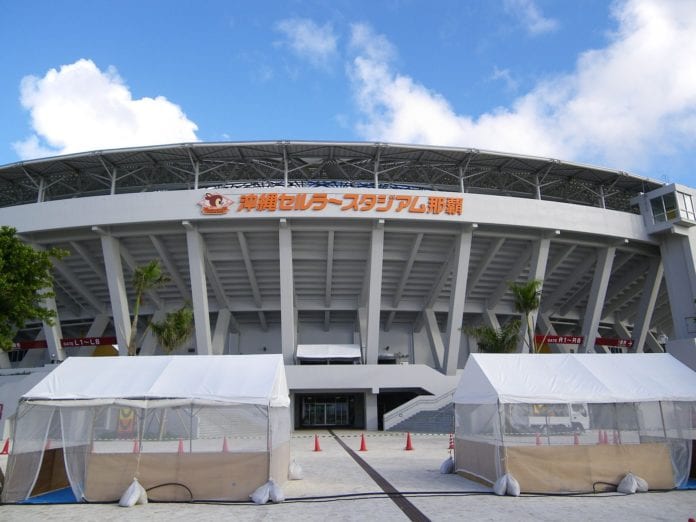28 GHz millimeter wave spectrum supported 5G trial demonstration
A recent collaborative 5G trial in Japan allowed baseball fans to get a taste of how next-generation wireless networks will support more interactive, immersive experiences inside stadiums and other large venues.
Samsung and KDDI partnered to connect a trial network to compatible tablets attached to stadium seating. Fans at Okinawa Cellular Stadium used the tablets to download 4K videos. Coverage was provided in the stadium by Samsung access units mounted on top of a nearby light pole, and the video streams were transmitted over KDDI’s 28 GHz millimeter wave spectrum.
The two companies previously partnered to test 5G on a train moving more than 60 mph. Over a one-mile stretch of track with the Tokyo-area train moving around 60 mph, KDDI and Samsung tested out consumer-facing use cases including downloading an 8K video and filming and uploading a 4K video filmed by a camera mounted on the train. In testing conducted Oct. 17-19, the peak download rate was 1.7 Gbps.
KDDI Senior Managing Executive Officer Yoshiaki Uchida, speaking of the most recent trial, said, “It’s exciting to see how the technology will play out at crowded events to result in the discovery of new business models. The trial is solid evidence of our potential to generate new use cases that will take user experience in sports stadiums to new heights.”

